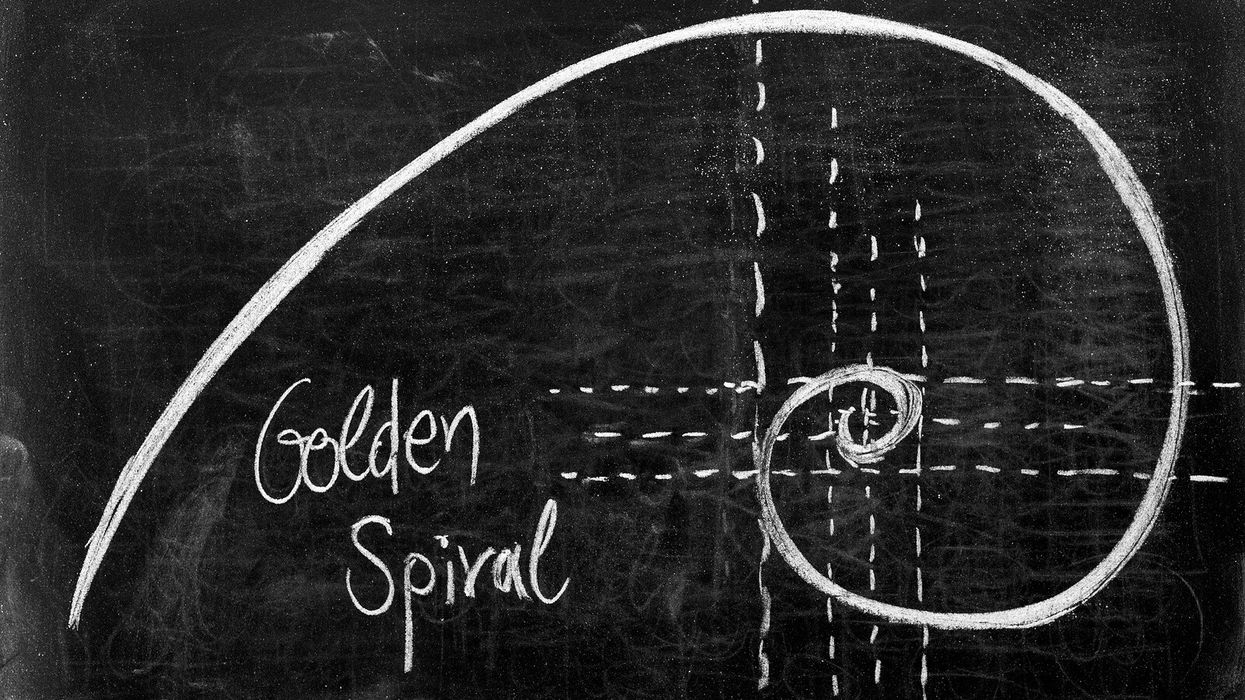A Primer on Using the Fibonacci Sequence to Compose Your Shots
Filmmaking is math. Look it up!

Nature, for the most part, is a numbers game, revealing how so many of the structures we see in our world and beyond are made up of discernable patterns and sequences. What does that have to do with filmmaking? Well, nothing—unless your goal in crafting an image is to tap into its inherent aesthetic qualities through one of the most beautiful series of numbers on Earth: the Fibonacci Sequence.
This video from Aputure not only gives you a quick primer on what the Fibonacci Sequence is but also how to use it in your own compositions. Check it out below:
I love math, man. I love it so damn much. I originally wanted to go to school to be some sort of mathematician, and in fact, that's what lead me to Fibonacci and filmmaking. I went to my local library one day and found a book about the Fibonacci Sequence. I took it home, read it, obsessed over it, learned about the Golden Ratio and how it was used in art and thought, "I need to make images that follow this pattern."
0, 1, 1, 2, 3, 5, 8, 13, 21, 34, 55, 89, 144…
Here's a video that explains the Fibonacci Sequence in more detail:
And for all of you hardcore numbers nerds and mathemagicians, here's Arthur Benjamin's TED Talk about the famous sequence.
So, what makes the Fibonacci Sequence so special? Don't we filmmakers tend to use the Rule of Thirds in composition anyway? I mean, yeah, a lot of filmmakers use the Rule of Thirds and produce beautiful imagery, while others use the Golden Ratio and produce beautiful imagery, and still, others use no formal pattern or system for composing frames and produce beautiful imagery.

In the end, the Fibonacci Sequence isn't a rule of composition you have to follow. Yes, it's a sequence of numbers that still buzzes through my brain daily, and yes, you can use it to compose your shots with math and that's amazing, but it's not a rule. It's just—a thing that exists—a wonderful, inspiring, glorious thing.
Source: Aputure










![Ethos, Pathos, Logos: 20 Effective Ways to Advertise [Infographic]](https://nofilmschool.com/media-library/ethos-pathos-logos-20-effective-ways-to-advertise-infographic.jpg?id=34064614&width=600&height=600&quality=90&coordinates=560%2C0%2C0%2C0)

